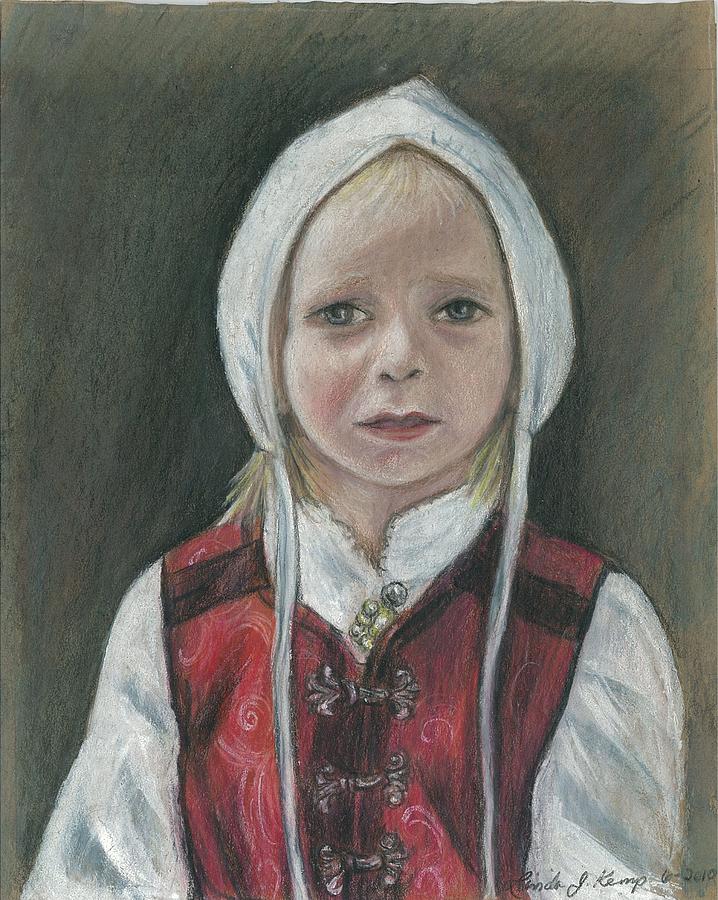

Not least the issue of gender equality for men! Many recent changes to Norway's generous parental leave policies have been made to encourage men to spend more time with their newborns.

That said, a number of challenges to gender equality remain and new gender issues keep bubbling to the surface. The country's governments have been almost 50 per cent women for the last 30 years, while positions including the Parliament's president, Oslo Police commissioner, UiO president and even the governor of Svalbard are, or have recently been, women. The Norwegian Parliament (Photo: stortinget.no) Norway was the first country in the world to appoint a special Gender Equality Ombud, and consolidated its comprehensive legislation on equality into a separate Gender Equality Act, which has been updated several times. Backer’s students included Nikolai Astrup, Halfdan Egedius, Harald Sohlberg, Henrik Lund, Helga Ring Reusch, Astri Welhaven and Sara Fabricius (Cora Sandel).While important gender equality issues have been fought – and generally, won – over the years in Norway, those days are now mostly in the past.įor many years, Governments have actively pushed equal rights policy (in many areas, not just gender) so that the need for proactive campaigning has been minimised. Started an art school in Kristiania in the 1890s.Together with friend and fellow artist Kitty Kielland, she was a pioneer who paved the way for women to have the opportunity to choose art as a career path. In the women's cause, Backer was recognised more for what she did than what she said – as a renowned artist she was an important role model. She sympathised with the women's movement, but did not actively participate in political work. Her openness to new ideas in both art and social development was appreciated. In 1888, Backer established herself in Norway, and from 1892 to 1910 ran a painting school in Kristiania. I think I serve the cause of women best by concentrating like a man For the most part, Backer's rooms are populated by women. She painted interiors from all walks of life – from farmhouses to bourgeois living rooms. But it is her interior scenes she has become best known for. She painted many friends and acquaintances, and also received portrait commissions.
#Norwegian woman photoartist how to
How to create contrasts between the light indoors and outdoors? How are colours perceived in lamplight compared to daylight? She approached her subjects with these issues in mind.īacker started her career with a desire to become a portrait painter.

From this point on, the interaction between figure, interior and light effects became a theme that permeated Backer's paintings. Clear and pure colours dominate the composition. In one of her best-known paintings, Blått interiør (Blue Interior), painted five years after Avskjeden, the transformation of her painting style is evident. When she came to Paris, she was greatly inspired by impressionism. We see this for example in Avskjeden (The Farewell), from 1878. In Munich, Backer learned to paint in a style characterised by a high level of detail and dark colours. The jury thought Backer's painting was excellent, and she was honoured with a diploma, known as a Mention honorable. Hundreds of artists exhibited at these exhibitions at the same time, and the paintings hung close together, from floor to ceiling. In 1880, Backer was accepted with the painting Solitude.
#Norwegian woman photoartist professional
In 1878 she moved to Paris to continue her studies.īeing accepted for exhibition at the Salon in Paris was an important step on the path to becoming a professional artist. During her years in Munich, Backer had several teachers. The art academies in Europe were reserved for men in those days, but women could receive private tuition or attend "women's classes".

The art community in Norway was small, so one had to go abroad. In 1874, at 29 years, she decided to travel to Munich. Agathe eventually became a renowned composer and concert pianist, while Harriet became an important artist.īacker showed an early talent and interest in art, but embarked on full-time studies rather late in life. This gave Harriet the opportunity to visit art museums and get to know the historical masters of the art world at a young age. She had to go abroad to learn, and Harriet became her sister's traveling companion. Her older sister Agathe was musically gifted and wanted to become a pianist. In Backer’s family, art and culture were part of how the children were raised.


 0 kommentar(er)
0 kommentar(er)
